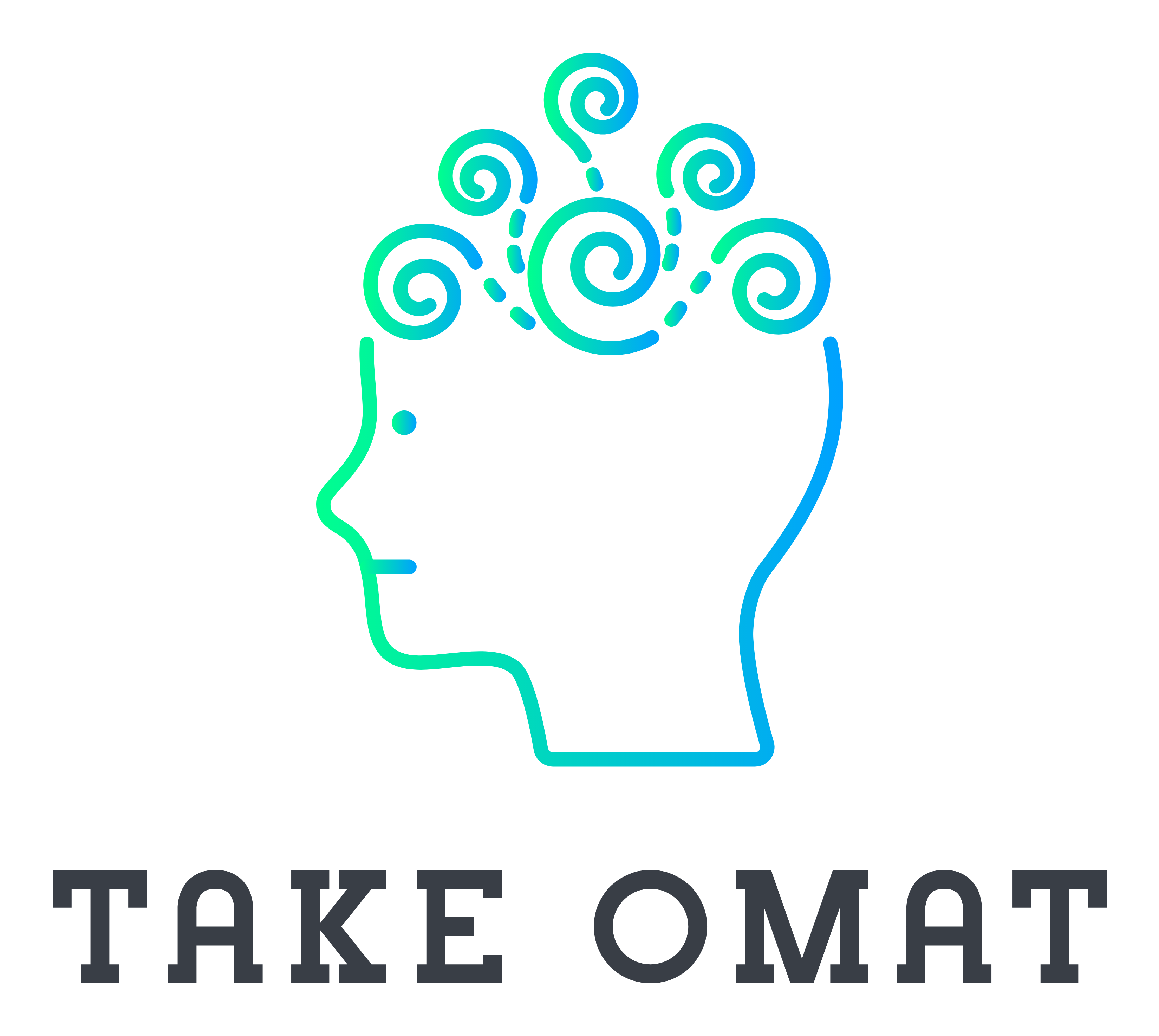Stop Comparing with Support
When I first started going to support groups, I was a little confused. Not because anything was wrong—but because it was new. The format, the phrases, the way people spoke—it all took time to get used to. But I didn’t feel like an outsider. I heard people share stories and I related. I felt comforted being in a space where people were honest and vulnerable. I kept coming back because something about it felt true, even if I didn’t fully understand what I was getting from the meeting.
Over time, I began to understand more. I listened closely, and the stories gave me tools, language, and hope. But at some point, I realized I was skimming past certain shares in my mind. Not judging them, but quietly thinking, That’s not really me, or I didn’t grow up like that, or I don’t do those things.
At first, I thought I was just taking in what applied to me—but I started to notice a pattern. The stories I dismissed were often the ones that didn’t match the external details of my life. People who grew up in small towns instead of cities. People from different cultures. People who described shame or pressure through different lenses than I was used to. I didn’t think I was comparing, but I was.
Eventually, I heard a phrase that stuck with me: “Don’t compare—identify.” It wasn’t something I instantly understood, but it stayed with me. And slowly, I started trying it. I listened for what I found familiar in other people’s story instead of focusing on the surface details. And when I did, I started to recognize myself.
I saw myself in the person trying to keep up appearances. I knew the fear of being the one to make waves. I understood the pressure to be “the good one” so no one else’s life got harder. I identified with the experience of carrying family secrets. The specifics didn’t matter—identifying did.
That shift brought relief. I wasn’t alone. I wasn’t less than. I wasn’t some exception to the human experience. I was just… me. Like everyone else in the room.
Now, I try to bring that same kind of listening into the rest of my life. When people talk to me about something they’re going through, I don’t need to compare stories or take on their emotions. I try to hear what they’re feeling and look for a thread I can relate to—not to make it about me, but to stay connected.
Identifying doesn’t mean absorbing someone else’s pain. It means staying with them, staying present, and recognizing our shared humanity. That’s how I listen better. That’s how I stay grounded. And it’s how I keep learning—in the support rooms and everywhere else.
ACTION: Try listening a little differently today. If someone shares something difficult—or even just frustrating—notice if your mind starts to tune out or disconnect. Instead of thinking, That’s not me, try asking, What part of this feels familiar? You don’t have to relate to everything, but see if you can recognize even a small thread of shared experience. It’s a simple way to practice empathy—and stay present.
